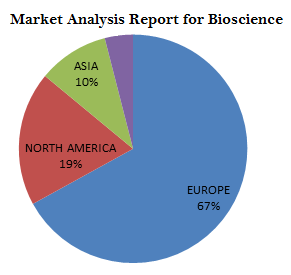
Clifford Lingwood
University of Toronto, Canada
Title: Cholesterol masking of membrane glycosphingolipids provides a means to evade tumour immunosurveillance and the basis of a living cell transistor
Biography
Biography: Clifford Lingwood
Abstract
Glycosphingolipids (GSLs) and cholesterol accumulate in membrane lipid rafts and play a central role in these foci of signal transduction. However within the GSL/cholesterol complex, an H-bond network is formed which alters the conformation of the GSL carbohydrate from a membrane perpendicular, to a membrane parallel format. This latter GSL conformation is largely unavailable for exogenous ligand binding-“invisible GSLs”.
Due to the increased cholesterol levels typical of cancer cells, we studied the prevalence of cholesterol-masked GSLs in human primary tumour biopsies (prostate, neuroblastoma, colon, breast, testicular, pheochromocytoma, ovarian and ganglioneuroma). We found that such ‘invisible’ GSLs were widely present in these tumour serial cryosections, e.g SSEA1, SSEA3, SSEA4, globoH and Gb3. We propose that such masking can prevent immunosurveillance of tumour–associated GSL antigens and thereby compromise natural tumour immunity to block progression. Moreover, anti GSL Mabs in development or clinical use for treating cancer (F77 for prostate and Unituxin-antiGD2 for pediatric neuroblastoma) were highly subject to such masking, and prior tumour cholesterol extraction with b-methylcyclodextrin, resulted in a remarkable increase in antiGSL tumour staining. This suggests that tumour cholesterol depletion would increase the antineoplastic activity of these therapeutic Mabs.
We also found that the order in which the binding ligands were added was of major significance. Prior Gb3 binding promoted ligand-cholesterol binding and vice versa. This provides the means for amplification and/or diversification of GSL-dependent signal transduction and thus is the first example of a native cell based membrane “transistor”.

